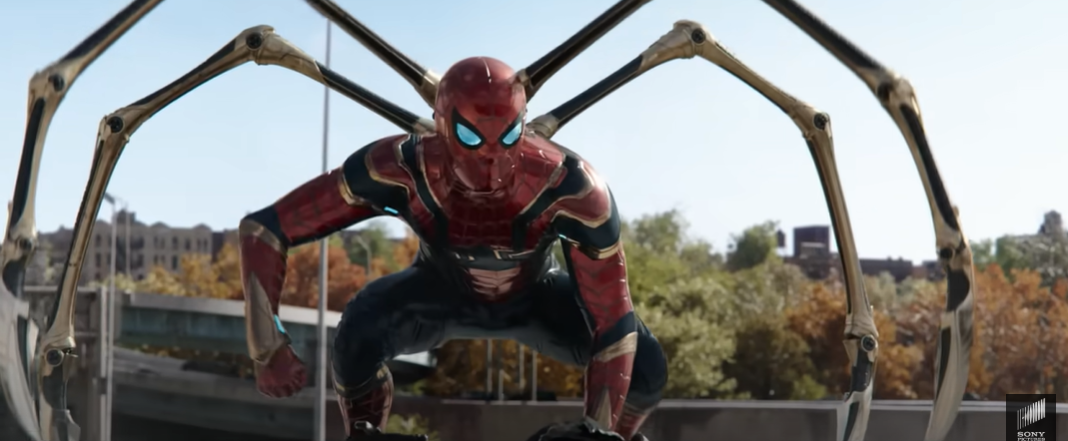- Tubelator AI
- >
- Videos
- >
- Education
- >
- Later Mughals in Modern Indian History for UPSC Preparation | GetinoIAS
Later Mughals in Modern Indian History for UPSC Preparation | GetinoIAS
Explore Later Mughals as a crucial topic in modern Indian history for UPSC exam preparation. Learn about Governor Generals, Acts, tribal revolts, and more key aspects in this informative session by GetinoIAS.
Video Summary & Chapters
No chapters for this video generated yet.
Video Transcript
Hi friends, my name is Bharat and I am here to deal with history.
As you all know, history has three parts like ancient, medieval and modern.
And actually we cannot predict UPSC, always they change on, keep on changing topics.
But what happens is every time from history the questions are very sure assured.
Sure short questions from history are asked.
That too in modern India, minimum 5 questions they will be asking.
So when you see these 3 parts, modern India becomes a great part and every UP's aspirant
should concentrate on modern India because questions are being repeatedly asked on that
section.
So we will deal first of all with modern India.
So in modern India, our layout will be like, first I will be dealing with later Mughals,
then I will be dealing with Governor Generals, the Acts, then we will go into the tribal
revolts, then revolt of 1857, Velur mutiny, then we will be starting with nationalism.
that starting from 1885 formation of INC, then will be going by the flow of the years
till 1947 and post independence session is also there.
So now today's topic is later Mughals and autonomous states.
Later Mughals and autonomous states.
Today these two topics will be dealing.
Okay.
First of all to know about later Mughals, you should know some sketch out, a short introduction
about the Mughals.
So, we will first see about the, a very short introduction to Mughals.
Mughals, it started from, as you all know, it started from Babur.
Babur, next it went to Humayun.
These all things will be dealing in medieval India.
Just you make a revision like this.
okay. Then you went to Akbar, then Jahangir.
to Shah Jahan to Aurangazeb. So this is where modern India starts. The death of Aurangazeb
in 1707. Aurangazeb died in 1707 from that modern India starts. That is the later Mughals.
This Mughals from Aurangazeb it is called as later Mughals. It is termed like that.
So from Aurangazeb we will be seeing how it went on, the later Mughals went on. As I said
17, we are in 1707, Aurangazeb died.
So after the death of Aurangazeb there were lot of confusions among the sons who should
acquire the throne.
There were many sons and finally Bahadur Shah Jaffer ascended the throne.
Baudou Shah at the age of 65, okay. Age is 65 because I am mentioning the age because
he is very old. When he is to the throne, he is very old. So Baudou Shah, Baudou Shah
ascended the throne. So we will see about, first we will see about Baudou Shah, okay.
Administration, what Baudou Shah administered? Not for Baudou Shah but for the remaining
all the kings, we will be seeing administration in the three sectas, three modules, ok. How
the attitude towards these Mughal rulers, towards the Marathas, how they acted, how
the attitude was there. Attitude means, it consists of relations also, how the relations
was between these things. Marathas will be dealing, then Rajputs, how they reacted with
Rajputs and finally with other rulers, ok. How they acted, the relations between the
Mughals and these three, ok. We are dealing
with for every king.
starting with Rajputs. Rajputs at that time there are two states of Rajputs called Amber
and Marwar. In Marwar there was a king named Ajit Singh and Amber it was Jai Singh. So
what's the problem? What's the problem between Rajputs and Bahadur Shah Jaffer is? Bahadur
So, Baudhusha Jaffer wanted this Ajit Singh, the ruler of Marwar to submit to the Mughals.


 Install Tubelator On Chrome
Install Tubelator On Chrome







